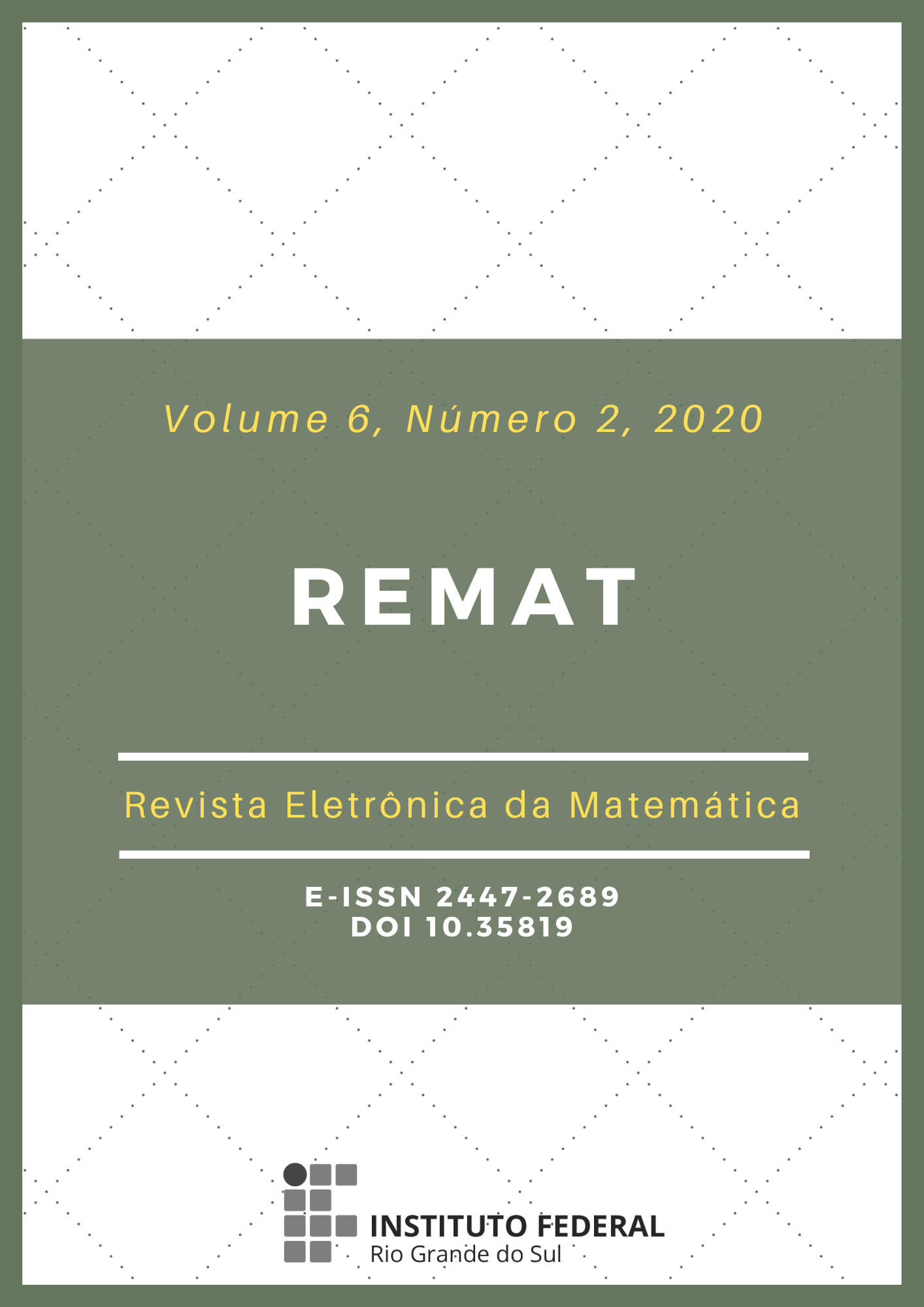Criticality calculations by neutron diffusion theory: a comparative analysis of current density approximations
DOI:
https://doi.org/10.35819/remat2020v6i2id4248Keywords:
Neutron Diffusion Equation, Criticality, Nodal Integration, Neutron Current DensityAbstract
This work presents a comparative analysis of different approaches to approximate current densities in criticality calculations using the neutron diffusion theory. As the nuclear reactors are composed of several materials, defining heterogeneous regions, where the nuclear parameters vary significantly, it is necessary to express the currents in such a way as to preserve continuity at the interfaces of the regions. Based on a nodal integration applied to the stationary neutron diffusion equation, we present four proposals to approximate the current densities at the interfaces. Once the model is built, the calculation of the parameter that defines criticality depends on the determination of the dominant eigenvalue. Here we present and discuss three methods of calculating this eigenvalue. The comparison of the numerical results is carried out on the basis of three test problems, in heterogeneous environments, available in the literature. The results obtained indicate that the most effective approximations for the current densities at the interfaces, for calculating the eigenvalue and the fluxes, are those that correlate the diffusion coefficients of the two common nodes to the interface (proposals 3 and 4). In addition, the secant method proved to be more efficient in determining the criticality parameter.
Downloads
References
ABREU, W. V. Análise numérica de transientes em um reator slab guiado por fonte externa. 2017. 95 f. Dissertação (Mestrado em Ciência e Tecnologia Nucleares) - Programa de Pós-Graduação em Ciência e Tecnologia Nucleares do Instituto de Engenharia Nuclear, Comissão Nacional de Engenharia Nuclear, Rio de Janeiro, 2017.
DATTA, B. N. Lecture notes on numerical solution of root finding problems. DeKalb: Northern Illinois University, 2009. Disponível em: http://www.math.niu.edu/~dattab/math435.2009/ROOT-FINDING.pdf. Acesso em: 20 jan. 2020.
DUDERSTADT, J. J; HAMILTON L. J. Nuclear reactor analysis. New York: John Wiley, 1976.
EHIWARIO, J. C; AGHAMIE, S. O. Comparative study of bisection, Newton-Raphson and secant methods of root - finding problems. IOSR Journal of Engineering, v. 4, n. 4, p. 1-7, abr. 2014. DOI: https://doi.org/10.9790/3021-04410107.
GROSSMAN, L. M; HENNART, J. P. Nodal diffusion methods for space-time neutron kinetics. Progress in Nuclear Energy, v. 49, n. 3, p. 181-216, 2007. DOI: https://doi.org/10.1016/j.pnucene.2006.11.003.
LAMARSH, J. R; BARATTA, A. J. Introduction to nuclear engineering. 4. ed. Pearson Education, 2017.
LEWIS, E. E. Fundamentals of nuclear reactor physics. Oxford: Elsevier's Science and Technology, 2008.
POLLARD, J. P. AUS diffusion module POW checkout - 1- and 2- dimensional kinetics calculations. Australian Atomic Energy Commission AAEC/387, 1977. Disponível em: https://inis.iaea.org/collection/NCLCollectionStore/_Public/08/328/8328678.pdf. Acesso em: 19 nov. 2020.
SILVA, A. C; MARTINEZ, A. S; GONÇALVES, A. da C. Reconstruction of the neutron flux in a slab reactor. World Journal of Nuclear Science and Technology, v. 2, p. 181-186, 2012. DOI: http://dx.doi.org/10.4236/wjnst.2012.24028.
STACEY, W. M. Nuclear reactor physics. New York: John Wiley & Sons, 2001.
THOMÉ, Z; CARVALHO, F. da S; ALVIM, A. Application of local basis pseudo-harmonics method. Annals of Nuclear Energy, v. 24, n. 12, p. 955-963, 1997. DOI: https://doi.org/10.1016/S0306-4549(96)00090-4.
Downloads
Published
Issue
Section
License
Copyright (c) 2020 REMAT: Revista Eletrônica da Matemática

This work is licensed under a Creative Commons Attribution 4.0 International License.
REMAT retains the copyright of published articles, having the right to first publication of the work, mention of first publication in the journal in other published media and distribution of parts or of the work as a whole in order to promote the magazine.
This is an open access journal, which means that all content is available free of charge, at no cost to the user or his institution. Users are permitted to read, download, copy, distribute, print, search or link the full texts of the articles, or use them for any other legal purpose, without requesting prior permission from the magazine or the author. This statement is in accordance with the BOAI definition of open access.













 https://orcid.org/0000-0002-0893-7426
https://orcid.org/0000-0002-0893-7426


















